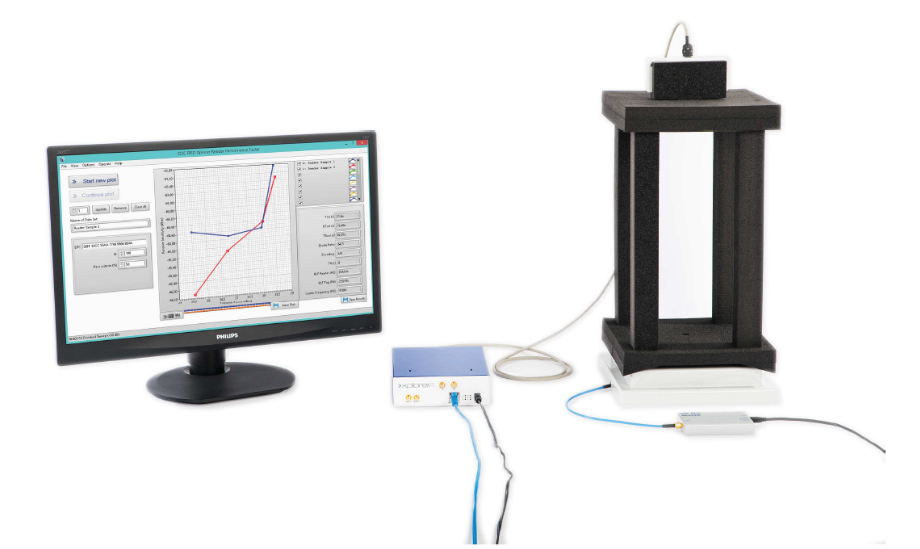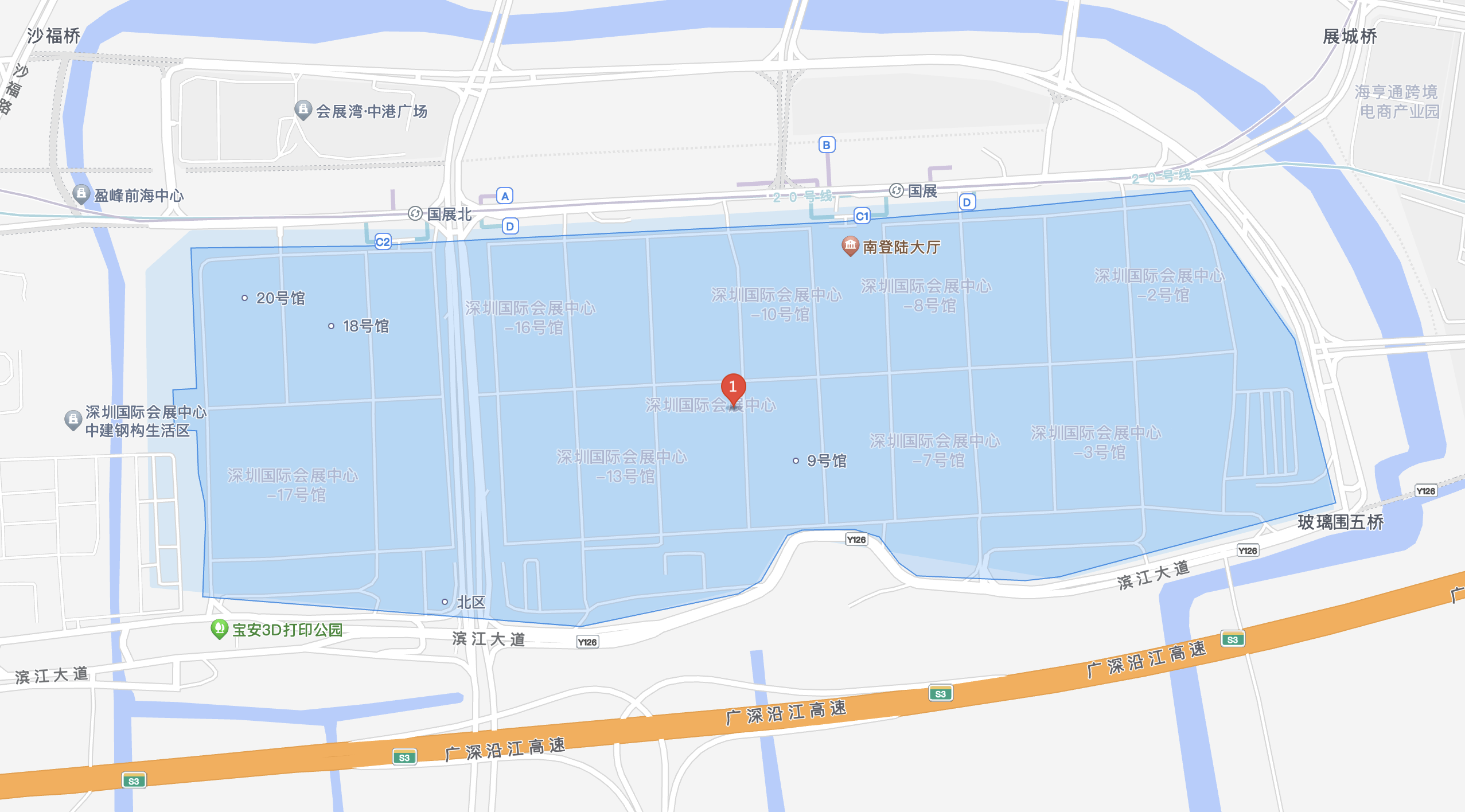Recently, CISC Semiconductor GmbH (hereinafter referred to as "CISC"), a global leader in RFID and NFC test systems, announced that it has been selected by Qualcomm Technologies to jointly develop the world's first enterprise mobile processor integrating ultra-high RFID reading capabilities, paving a new path for edge intelligent decision-making and industry digital upgrades.
Why CISC?
The core achievement of this collaboration is Qualcomm's groundbreaking processor—the Qualcomm DragonWing Q-6690. This chipset is not simply a collection of functions; it deeply integrates high-performance processing power, advanced connectivity technology, and on-device artificial intelligence, and more significantly, embeds UHF RFID reading functionality. This design aims to revolutionize enterprise mobility, enabling devices in logistics, retail, healthcare, and industrial automation to achieve faster and smarter data analysis and decision-making in edge scenarios. Examples include real-time cargo tracking in logistics, instant product information retrieval in retail, and equipment and drug traceability in the medical field, comprehensively improving industry operational efficiency.
CISC's RAIN Xplorer RFID test equipment is the key technological pillar supporting the implementation of this innovation. This testing solution is specifically designed for the precise verification of RFID technology, enabling high-precision measurement of core indicators such as frequency sensitivity, communication range, and backscatter. It also boasts reliable operational stability, an intuitive graphical user interface (GUI), and API integration capabilities supporting custom test sequences. These features perfectly align with Qualcomm's stringent standards in product quality, technical support response speed, and future scalability, making it an indispensable "technology partner" in the development of the Qualcomm Dragon Wing Q-6690 processor.
Both companies' key personnel highly praised the significance of this collaboration. Dr. Markus Pistauer, CEO of CISC Semiconductor, emphasized: "Quality, scalability, and innovation—I believe this collaboration will accelerate the development of the RFID industry. Future mobile devices equipped with RFID reading capabilities will change the way consumers interact with products—from obtaining detailed information in stores to enhancing supply chain traceability." In his view, this collaboration is not only a technological complementarity between the two companies but will also drive RFID technology from "industrial applications" to "mass experience," broadening the boundaries of the technology's value.
Vivek Mehta, Director of Product Management at Qualcomm Technologies, focused on the transformative impact of the results on the industry: “With CISC’s equipment, we successfully developed the Q-6690—the world’s first enterprise mobile processor with integrated UHF RFID functionality. This innovation empowers edge intelligent data solutions and sets a new benchmark for enterprise mobile technology.” He pointed out that the processor with integrated UHF RFID functionality breaks the limitations of the traditional “separate application” of mobile devices and RFID technology, enabling edge devices to possess dual capabilities of “sensing + computing,” thus defining new performance and functional standards for enterprise mobile technology.
CISC’s partnership with Qualcomm is no accident. As a company with 25 years of innovation history, CISC is headquartered in Klagenfurt, Austria, with offices in Graz and Mountain View, USA. It has launched RFID ASD kits and field recorders that have won Austrian innovation awards, participated in over 80 international R&D projects, and, as a core member of international organizations such as the RAIN Alliance and the NFC Forum, and a convener of relevant ISO/IEC working groups, has deeply led the development of international RFID standards, ensuring its products' inherent global compliance. Furthermore, its solutions combine efficiency and security, enabling an integrated process of RFID tag encoding, testing, and locking. Adaptable to various packaging materials and high-security scenarios, it supports large-scale mass production quality control (e.g., a testing speed of 130,000 tags per hour and a 100% pass rate guarantee). It also provides modular configuration and customized integration services to meet the individual production needs of different enterprises. Its technology is widely used in logistics, retail, healthcare, and other fields, serving numerous industry leaders.

It's worth mentioning that Shenzhen Tangling Technology Co., Ltd., as a CISC partner, will provide professional RFID tag and reader testing solutions for RFID manufacturers in China.
How will Qualcomm's Q-6690 drive the development of the RFID industry?
As the world's first enterprise-grade mobile processor integrating UHF RFID functionality, the Qualcomm Q-6690 breaks the existing pattern of the RFID industry from multiple dimensions, including technical architecture, equipment production, and market ecosystem, injecting strong momentum into the industry's development. It will drive the development of the RFID industry in the following aspects:
Innovating RFID hardware architecture and lowering the industry's technical threshold: Previously, RFID terminal devices required an additional independent external reader module, including reader chips, RF front-end components, etc., which was not only complex in design but also had many limitations. This processor, built using a 4-nanometer process, is a system-on-a-chip platform integrating RFID functionality, completely eliminating external modules and solving the RF interference problem caused by traditional discrete modules. It enables RFID to operate concurrently with multiple radio frequencies such as 5G and Wi-Fi 7, making RFID functionality a native feature of the processor.
Furthermore, the elimination of external modules directly reduces the bill of materials (BOM) cost of terminal devices, with analysts suggesting this could lower manufacturing costs by up to 30%. Simultaneously, the integrated design simplifies manufacturing and the supply chain, reducing overall costs for procurement, assembly, and subsequent maintenance, enabling more SMEs to adopt RFID-related equipment.
Accelerating RFID terminal innovation and expanding application boundaries: The integrated design significantly reduces the size and weight of terminal devices and improves energy efficiency, crucial for battery-powered mobile terminals. Based on this processor, in addition to traditional handheld terminals, lightweight wearable devices and miniaturized self-service terminals can be developed, such as RFID barcode scanning wristbands suitable for retail staff or small RFID sensing devices embedded in shelves.
Furthermore, this processor provides manufacturers with a scalable platform and configurable software packages, eliminating the need for complex RF circuit design and antenna calibration, thus reducing R&D investment. Moreover, software can be upgraded via OTA (Over-The-Air), eliminating the need for hardware redesign, reducing compliance certification costs, and enabling rapid adaptation to different industry needs, significantly shortening the time from R&D to market for RFID-related terminals.
Activating large-scale applications across multiple industries will expand the RFID market demand: In mature sectors such as industry, RFID applications in production line material flow and equipment maintenance will be widely adopted due to reduced equipment costs and increased efficiency. This deep integration in mature sectors will significantly increase the market demand for RFID tags and terminal devices.
Furthermore, the Q-6690 will foster emerging application scenarios: its integrated RFID capabilities, combined with AI and advanced wireless technologies, can open up new application scenarios. For example, in the medical field, it can be used for traceability management of implantable medical devices; in the luxury goods industry, miniaturized RFID terminals can achieve end-to-end anti-counterfeiting tracking of goods; and in the circular economy, it can facilitate the circular tracking of assets such as packaging and turnover boxes. These emerging scenarios will further expand the market size of the RFID industry.
Promoting industry standard optimization: Qualcomm has partnered with Decathlon, Essilor, Luxottica, and many other companies to build an ecosystem of cooperation. This processor supports the ISO/IEC 18000-63 RAIN protocol and the Gen2X standard. With its large-scale application, it is expected to promote the relevant standards to become the industry mainstream, reduce compatibility issues between devices from different manufacturers, promote the standardized development of the RFID industry, and attract more companies to participate in the RFID industry chain.


















